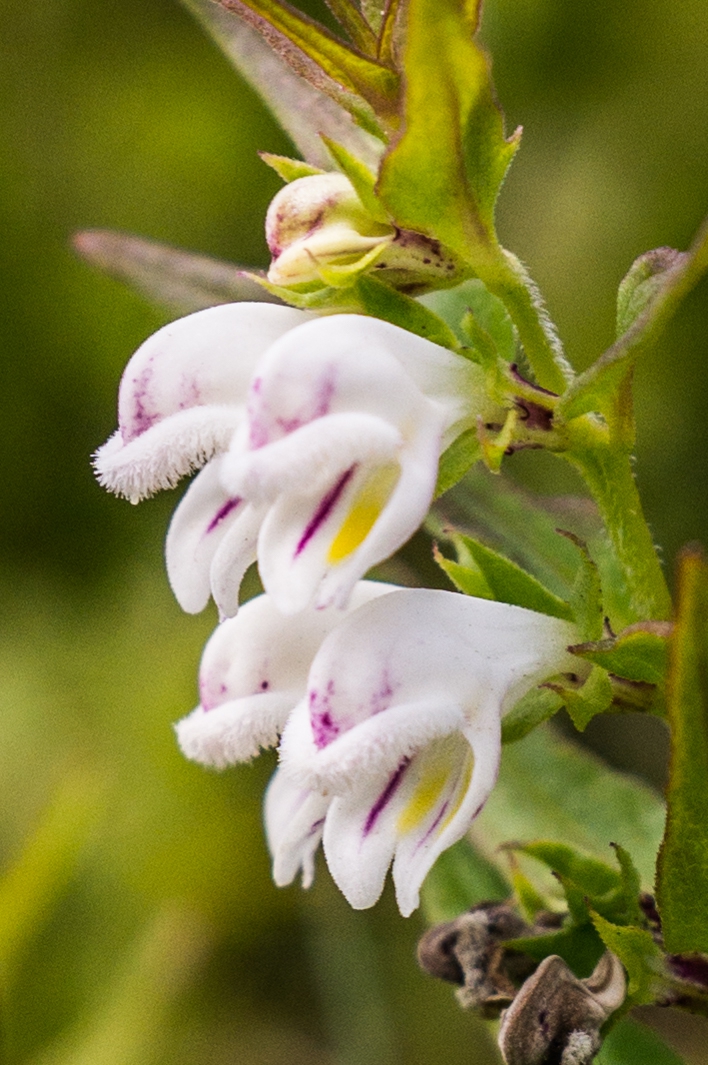|
Melampyrum Sylvaticum
''Melampyrum sylvaticum'', the small cow-wheat, is a plant species in the genus '' Melampyrum''. References External links Orobanchaceae Flora of Europe Plants described in 1753 Taxa named by Carl Linnaeus {{Orobanchaceae-stub ... [...More Info...] [...Related Items...] OR: [Wikipedia] [Google] [Baidu] |
Carl Linnaeus
Carl Linnaeus (; 23 May 1707 – 10 January 1778), also known after his ennoblement in 1761 as Carl von Linné Blunt (2004), p. 171. (), was a Swedish botanist, zoologist, taxonomist, and physician who formalised binomial nomenclature, the modern system of naming organisms. He is known as the "father of modern taxonomy". Many of his writings were in Latin; his name is rendered in Latin as and, after his 1761 ennoblement, as . Linnaeus was born in Råshult, the countryside of Småland, in southern Sweden. He received most of his higher education at Uppsala University and began giving lectures in botany there in 1730. He lived abroad between 1735 and 1738, where he studied and also published the first edition of his ' in the Netherlands. He then returned to Sweden where he became professor of medicine and botany at Uppsala. In the 1740s, he was sent on several journeys through Sweden to find and classify plants and animals. In the 1750s and 1760s, he continued to collect an ... [...More Info...] [...Related Items...] OR: [Wikipedia] [Google] [Baidu] |
Melampyrum
''Melampyrum'' is a genus of about 20 species of herbaceous flowering plants in the family Orobanchaceae known commonly as cow wheat. They are native to temperate regions of the Northern Hemisphere. They are hemiparasites on other plants, obtaining water and nutrients from host plants, though they are able to survive on their own without parasitising other plants.Kim, K. and S. Yun. (2012)A new species of ''Melampyrum'' (Orobanchaceae) from southern Korea.''Phytotaxa'' 42 48-50. ''Melampyrum'' species are used as food plants by the larvae of some Lepidoptera species, including the mouse moth (''Amphipyra tragopoginis''). Phylogeny The phylogeny of the genera of Rhinantheae has been explored using molecular characters. ''Melampyrum'' appears as a distant relative of other genera of Rhinantheae. It is the sister group of two clades: (i) ''Rhynchocorys'', ''Lathraea'', and ''Rhinanthus'' ; and (ii) the core Rhinantheae containing ''Bartsia'', ''Euphrasia'', ''Tozzia'', ''Hedbergi ... [...More Info...] [...Related Items...] OR: [Wikipedia] [Google] [Baidu] |
Orobanchaceae
Orobanchaceae, the broomrapes, is a family of mostly parasitic plants of the order Lamiales, with about 90 genera and more than 2000 species. Many of these genera (e.g., ''Pedicularis'', ''Rhinanthus'', ''Striga'') were formerly included in the family Scrophulariaceae ''sensu lato''. With its new circumscription, Orobanchaceae forms a distinct, monophyletic family. From a phylogenetic perspective, it is defined as the largest crown clade containing '' Orobanche major'' and relatives, but neither ''Paulownia tomentosa'' nor ''Phryma leptostachya'' nor '' Mazus japonicus''. The Orobanchaceae are annual herbs or perennial herbs or shrubs, and most (all except ''Lindenbergia'', ''Rehmannia'' and ''Triaenophora'') are parasitic on the roots of other plants—either holoparasitic or hemiparasitic (fully or partly parasitic). The holoparasitic species lack chlorophyll and therefore cannot perform photosynthesis. Description Orobanchaceae is the largest of the 20–28 dicot fami ... [...More Info...] [...Related Items...] OR: [Wikipedia] [Google] [Baidu] |
Flora Of Europe
Europe is a large peninsula conventionally considered a continent in its own right because of its great physical size and the weight of its history and traditions. Europe is also considered a subcontinent of Eurasia and it is located entirely in the Northern Hemisphere and mostly in the Eastern Hemisphere. Comprising the westernmost peninsulas of Eurasia, it shares the continental landmass of Afro-Eurasia with both Africa and Asia. It is bordered by the Arctic Ocean to the north, the Atlantic Ocean to the west, the Mediterranean Sea to the south and Asia to the east. Europe is commonly considered to be separated from Asia by the watershed of the Ural Mountains, the Ural River, the Caspian Sea, the Greater Caucasus, the Black Sea and the waterways of the Turkish Straits. "Europe" (pp. 68–69); "Asia" (pp. 90–91): "A commonly accepted division between Asia and Europe ... is formed by the Ural Mountains, Ural River, Caspian Sea, Caucasus Mountains, and the Black Sea ... [...More Info...] [...Related Items...] OR: [Wikipedia] [Google] [Baidu] |
Plants Described In 1753
Plants are predominantly photosynthetic eukaryotes of the kingdom Plantae. Historically, the plant kingdom encompassed all living things that were not animals, and included algae and fungi; however, all current definitions of Plantae exclude the fungi and some algae, as well as the prokaryotes (the archaea and bacteria). By one definition, plants form the clade Viridiplantae (Latin name for "green plants") which is sister of the Glaucophyta, and consists of the green algae and Embryophyta (land plants). The latter includes the flowering plants, conifers and other gymnosperms, ferns and their allies, hornworts, liverworts, and mosses. Most plants are multicellular organisms. Green plants obtain most of their energy from sunlight via photosynthesis by primary chloroplasts that are derived from endosymbiosis with cyanobacteria. Their chloroplasts contain chlorophylls a and b, which gives them their green color. Some plants are parasitic or mycotrophic and have lost the ... [...More Info...] [...Related Items...] OR: [Wikipedia] [Google] [Baidu] |



